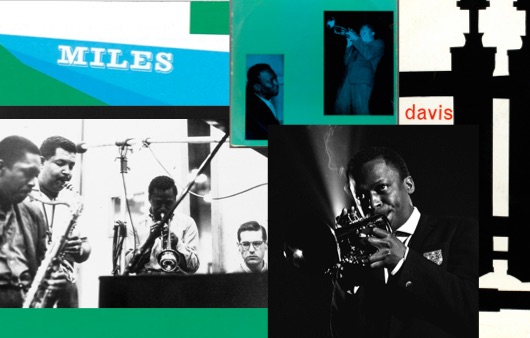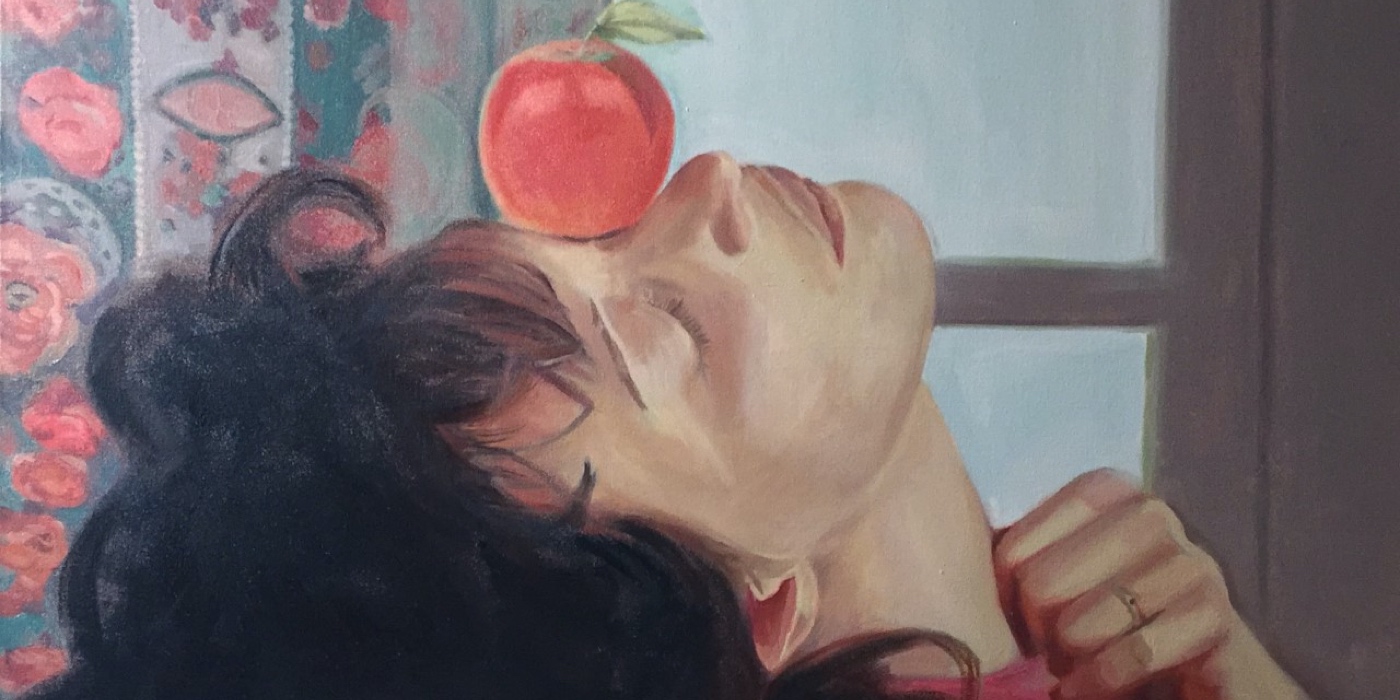
Under Canvas
A decade after putting her art on hold, painter Shannon Cartier Lucy considers the female experience through a riveting body of new works“You know what I told my friends?” the artist Shannon Cartier Lucy says over the phone from her home base of Nashville, Tennessee, a couple of days after a tornado ripped straight through the city’s downtown—just the sort of swirling, unpredictable event that characterizes Lucy’s life. “It’s like I had a crush on a guy and I don’t tell him, and I’m totally obsessed with him, and it kind of plays itself out and I don’t have a crush on him anymore, and that’s when he comes around. I feel like it’s like that.”
Lucy, a painter of familiar-but-unsettling canvases, is describing her disappearance from and reemergence into the art world, marked by recent and upcoming shows in New York City, Los Angeles, and Miami. In her 20s, after studying at NYU under renowned painter Lisa Yuskavage, she’d had a bit of success. She was in the first group show at Team Gallery in 2000, before mounting a spate of solo shows at now-defunct galleries. But by 2011, after a divorce and a battle with drug addiction, she decided it was time to leave New York. Lucy skipped town for LA, but went through an uninspired dry spell, where she would set up her studio to paint, but “no ideas would come,” she says.
To fight the lull, she took off to the Maasai Mara in Kenya, where she disappeared among the tundra grass. “Looking back, I was riding a heartbreak, so I was trying to be fearless (through) those stormy feelings,” she explains of this period.
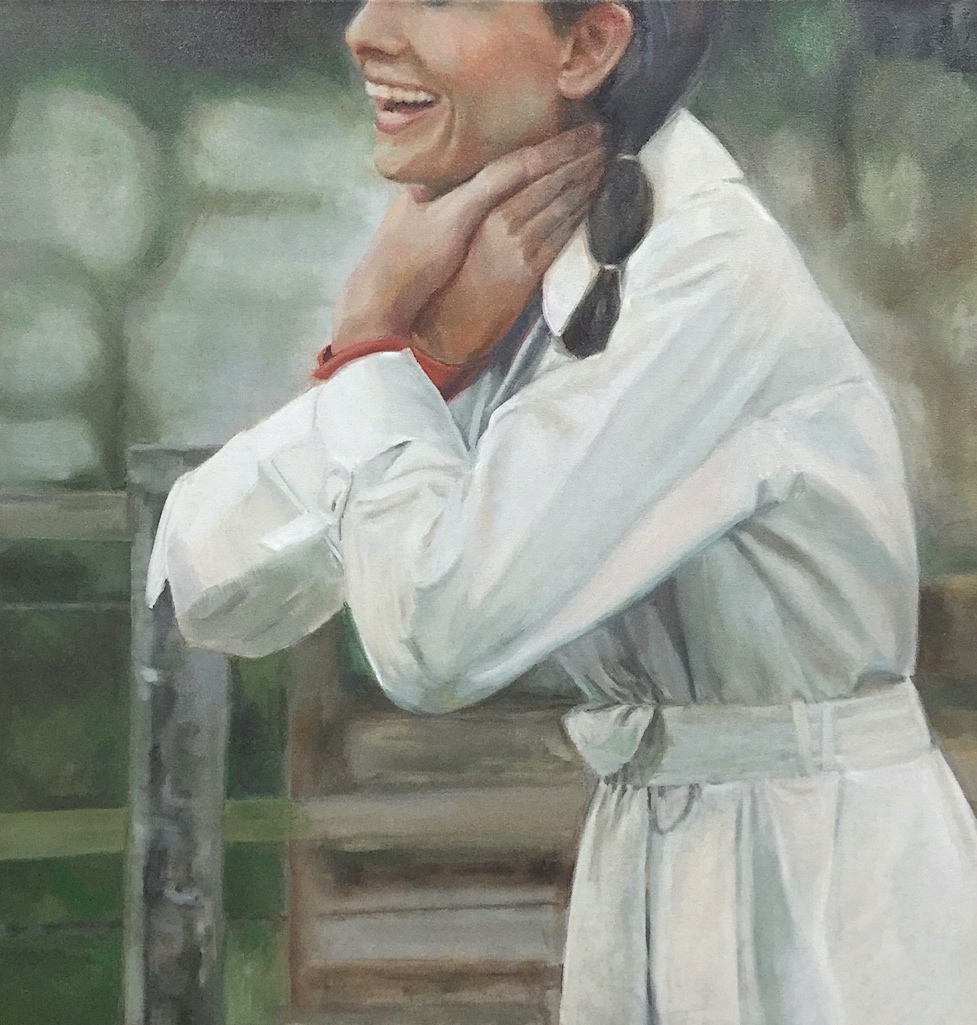
Then it was back to her native Nashville to get her psychology master’s degree at the University of Tennessee, which led to working as a psychotherapist. But a visit from an old flame led Lucy to a crossroads. “An ex from my past showed up and opened old wounds, which I think may have lent to my need to transmute a lot of pent-up emotion and frustration and unhealed trauma, to be honest,” she says. “I probably needed a prompt, even a subconscious one, like that, to provide me with a need to have art in my life again. That situation created a fire under my bottom, so to speak.”
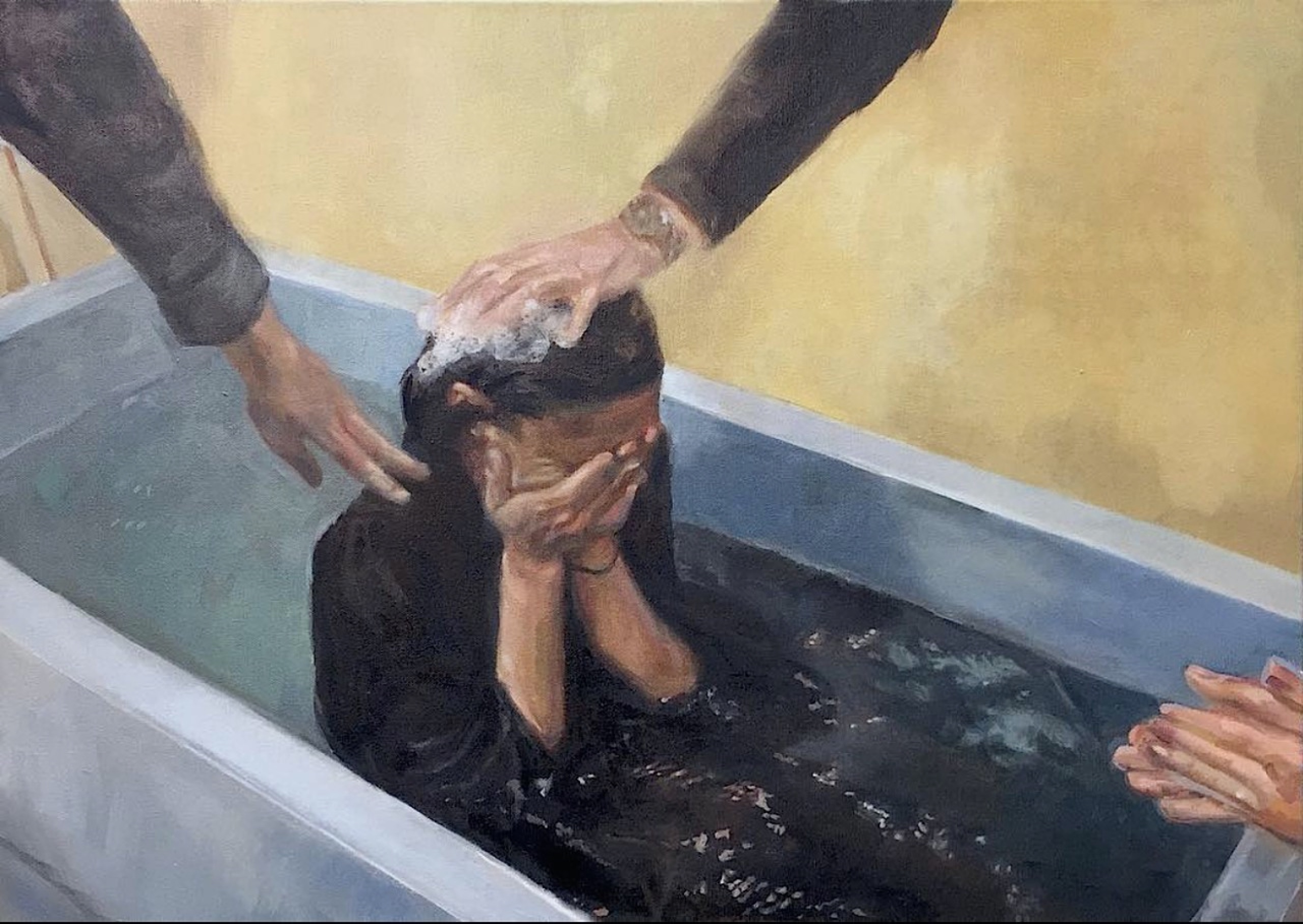
So, in 2017, Lucy left the clinic where she worked to paint full time. At 40 years old, after what she calls an eight-year inspirational period of “soaking things in” (aka an artist’s block), it was a new beginning. But something in her work had changed—the paintings, done in oil and usually around 20" x 30", started to take on a more personal, autobiographical tone. She holed up in her Nashville studio, painting obsessively, allowing instincts to take over in a way she describes as “channeling.” This process, paired with her interest in the discreet psychological relationship between the painter and the viewer, has resulted in dozens of works that investigate the quiet, hazy moments “in-between”—intermediate, fuzzy records of sublime banality.
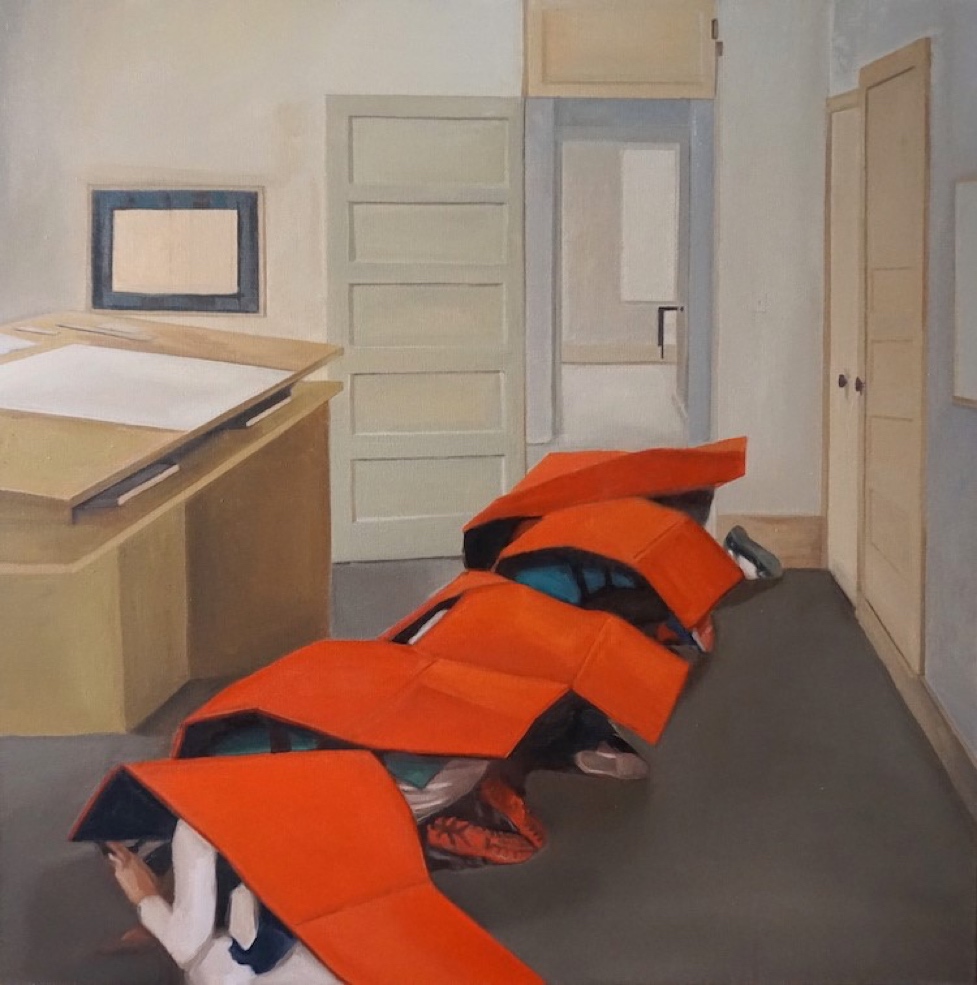
In one painting, a girl leans upside-down off the bed in a way that one might in a fit of Balthusian boredom, her pants down around her thighs, and her arms folded in a prayer to the floor (“My Signature Act,” 2017). In another, potted flowers are balanced almost impossibly on a socked foot of a girl whose upper half is just out of frame (“The Houseplant,” 2018). “I want to make paintings that describe those in-between feelings that we don’t have words for,” she says. “We seek so much meaning in life, like, ‘Oh my god I feel guilty I [don’t] check off everything on my to-do list.’ Then there’s this place where I’m like, ‘What’s the point of all this?’ I don’t mean in a dark way; I just mean that I love those idle moments. It’s the moments of in between that we don’t record—especially with paint.”
There’s a lot of in-between-ness in Lucy’s paintings. They are cast with quiet beauty—cool, soft-hued colors and yogalike slow movements—but often depict something that looks slightly off. Possibly something dark or alien has occurred or is about to occur, like a dream-state version of a Gregory Crewdson scene. There’s one where a woman pantomimes being choked. Or one where a woman balances a stack of baseballs on her back as a man tees them up with a baseball bat. Another woman—nude—kneels on the beach in what looks like something of a compromising position; a man stands on her feet and another stands on her hands.
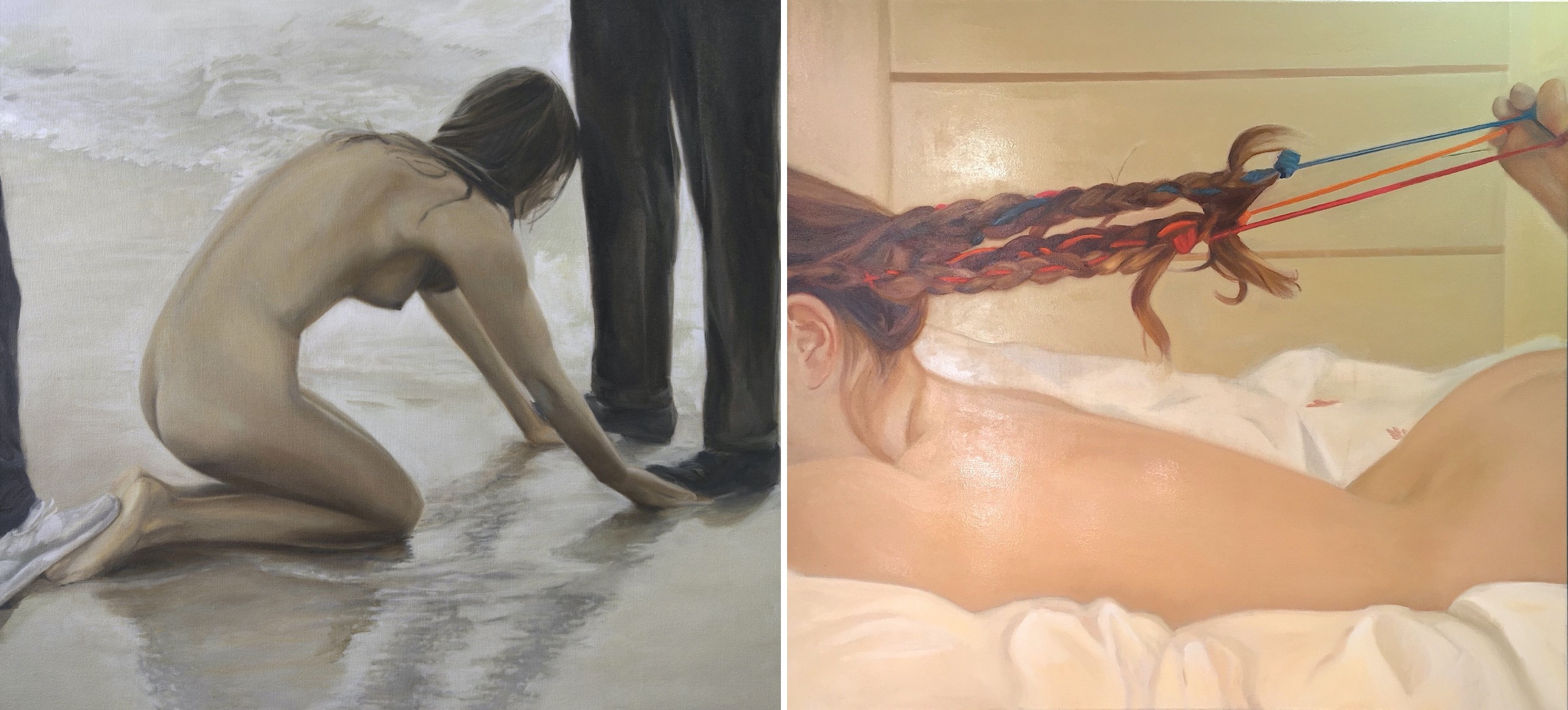
“I like softening the references or taking the reference a little off so it’s not quite this, but it’s not quite that,” Lucy says. “Where it’s something just on its own and kind of singular.”
Lucy’s paintings are often ambiguous like that—she purposefully obscures faces, cropping them out of the frame or having the subjects turned away from the viewer. “I would always look at portraits that people have painted of specific faces, and I wasn’t necessarily drawn to it,” she says. “It’s not my boyfriend, it’s not my sister—it doesn’t have that level of connectivity so it gave more distance. So, I felt like when I leave the faces blank or not specific, there’s more room for people to step into the painting and really connect psychologically and emotionally.”
The psychological aspect is something that crops up in her work time and again. But, says Lucy, it’s not necessarily a result of her time as a therapist, but something that has been with her since before, and continues with her always—an interest in the way our minds work. Healing, she says, is part of her personal journey that comes from her father having a psychotic break when she was a child, and watching him live with mental illness since—the art and the psychotherapy careers both attempts at helping others heal psychologically and emotionally.
“I think they inform each other. Because I grew up with a schizophrenic father, and I’ve been through drug addiction, I feel like psychotherapy, and self-help, the seeking, that sort of thing was already sort of built into me,” she says. “People have said the thing like, ‘Yeah I can see how you’re making these types of paintings, being a psychotherapist, and I’m like, ‘No that’s kind of out of order.’ I think I’m just who I am, I’m drawn to like, you know, the crevices of the mind, and the kind of unnamable nuances of emotions and difficult life experiences.”
- Images courtesy of Shannon Cartier Lucy




